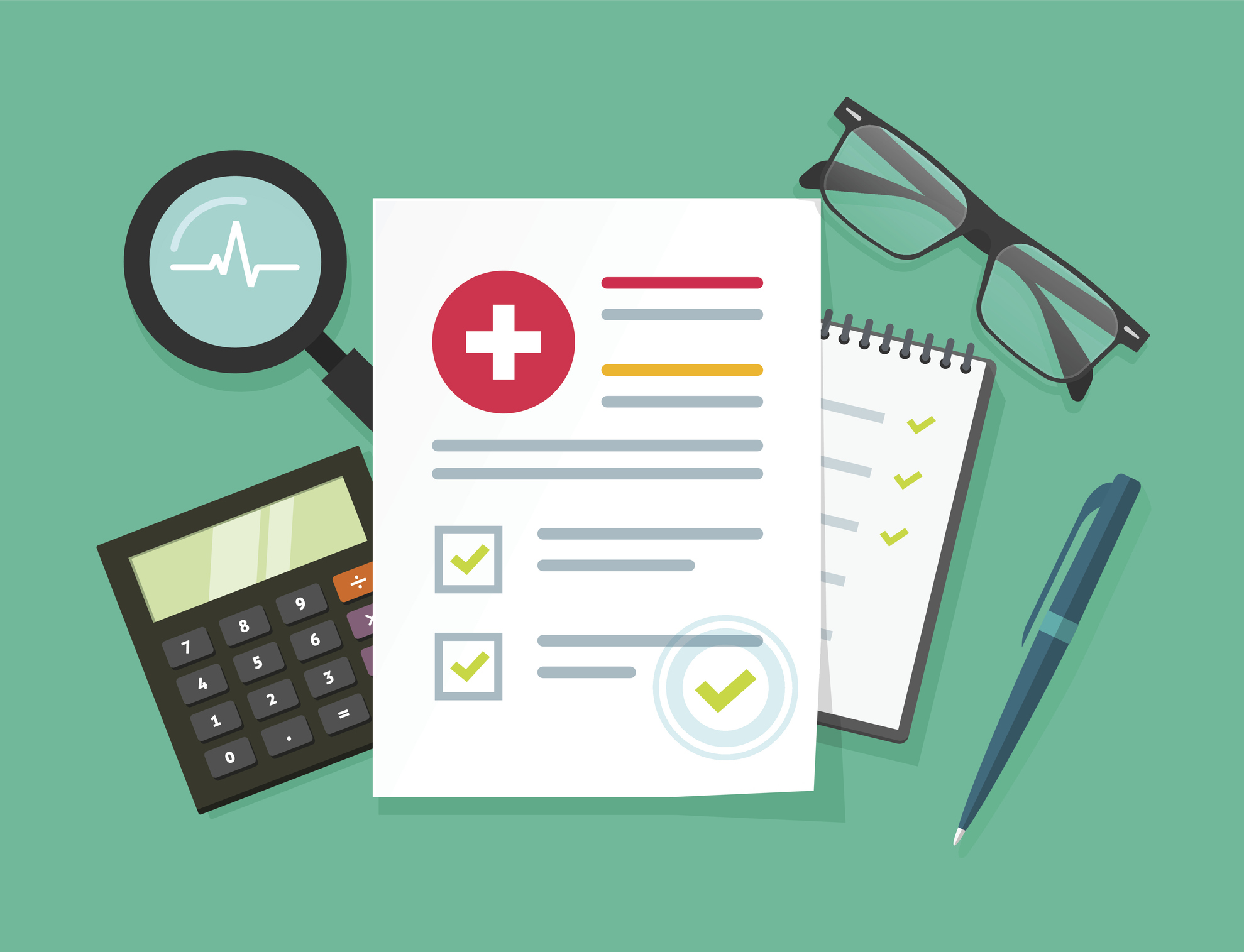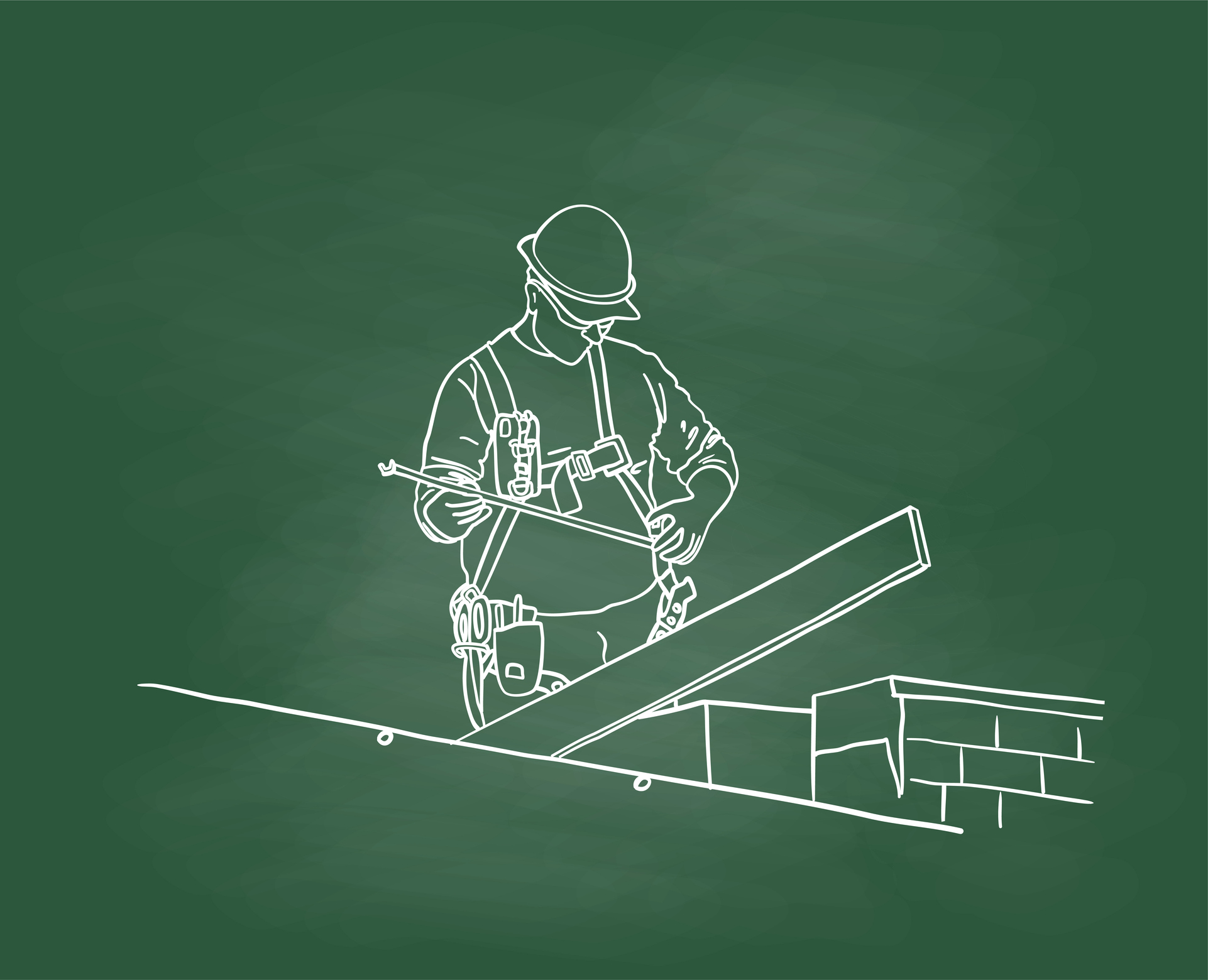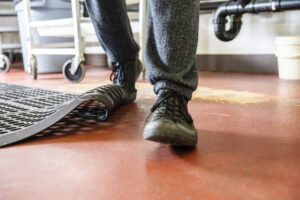The Emerging Risk of Exercise Equipment as Desk Furniture
Workstation fitness equipment, like treadmills and bike pedals, have become increasingly popular at the office. Are these trendy exercise methods worth the hype or just an unnecessary risk?
May 7, 2024

Convenience has long been a factor in choosing methods for reaching fitness goals. Workstation exercise equipment allows employees who perform desk-related duties to pursue those desired results. However, these tools are typically not designed to replace regular exercise and may cause more harm than good.
“There are obvious benefits to exercising, but many researchers and ergonomists are not likely to recommend workstation-style exercise equipment,” said Sonya Luisoni, Senior Risk Control Manager at Safety National. “Beyond potential decreases in individual cognitive effectiveness, desk exercisers can place people in unusual positions that may result in or aggravate pain. They also cause distractions that may perturb office neighbors or, worse, result in slip-and-fall injuries. Employers should focus instead on encouraging activities that involve movement focused away from the keyboard.”
Here are some considerations and concerns related to popular types of desk fitness equipment.
Treadmill Desks
This exercise equipment typically looks like a much smaller treadmill that fits beneath a standing desk. Some are now even built into the setup of a standing desk. While they do allow an employee to get more active steps throughout the day, there are a variety of challenges attached to their use, including:
- Requiring employees to simultaneously pay attention to their work, gait mechanics, and upper-body posture. This requires much more concentration, and one distraction can offset an employee’s focus and balance.
- Eliminating the arm swing component of walking, which benefits hip, pelvic, and spinal mobility. This may lead to awkward compensations at the shoulder, hip, and trunk regions.
Exercise Balls (Core Balance)
Inflatable workout balls used as chairs have been popular for some time, but studies have shown there is no advantage to sitting on a stability ball for longer than 30 minutes. They can exacerbate musculoskeletal problems and create further challenges, including:
- Negatively affecting supported posture. A core stabilizer ball offers no back support or armrests and can cause an employee to overcompensate, straining certain muscle groups. In addition, an inappropriate ball height can result in awkward postures and increased discomfort.
- Causing a trip or fall injury. These balls are unstable and are prone to breaking. A wrong move may result in slipping off the ball and striking against nearby furniture. Balls have also been known to puncture, resulting in an employee falling and suffering an injury.
- Increasing the amount of sitting time. Employees using exercise balls may take fewer breaks since they perceive their choice to be “healthier.”
Desk Bike Pedals
While desk pedalers can be the safest option of the available desk exercise equipment, they still come with a particular set of safety concerns, including:
- Aggravating ergonomic issues. If an employee sits improperly at their workstation, adding a pedaler will not correct the problem and may increase strain. Employers should consult ergonomic experts for assessments before allowing these in an office setting.
- Distracting other employees due to noise levels. These types of equipment may not have the large fans you see at a gym, but they are not always quiet. Employers will likely have to address noise complaints from nearby co-workers.
- Requiring a stationary chair. Rolling chairs, which are standard in most offices, will cause improper body postures while pedaling. Additionally, bike pedalers have been known to move while in use and may require foot straps or weights to keep them in place.
Creating a Workplace Policy
Adding desk exercise equipment or allowing employees to purchase specific models should come with careful considerations that will need to be addressed in formal, written workplace policies. Some questions to consider include:
- Will an employer allow the use of exercise equipment, or does it pose too high a risk?
- If yes, what types of equipment will be approved and by which manufacturers?
- Are only specific designs approved, and why?
- Will employees be required to wear suitable footwear to prevent injuries?
- What if employees need a wardrobe change?
- What policies need to be developed as a result?

























